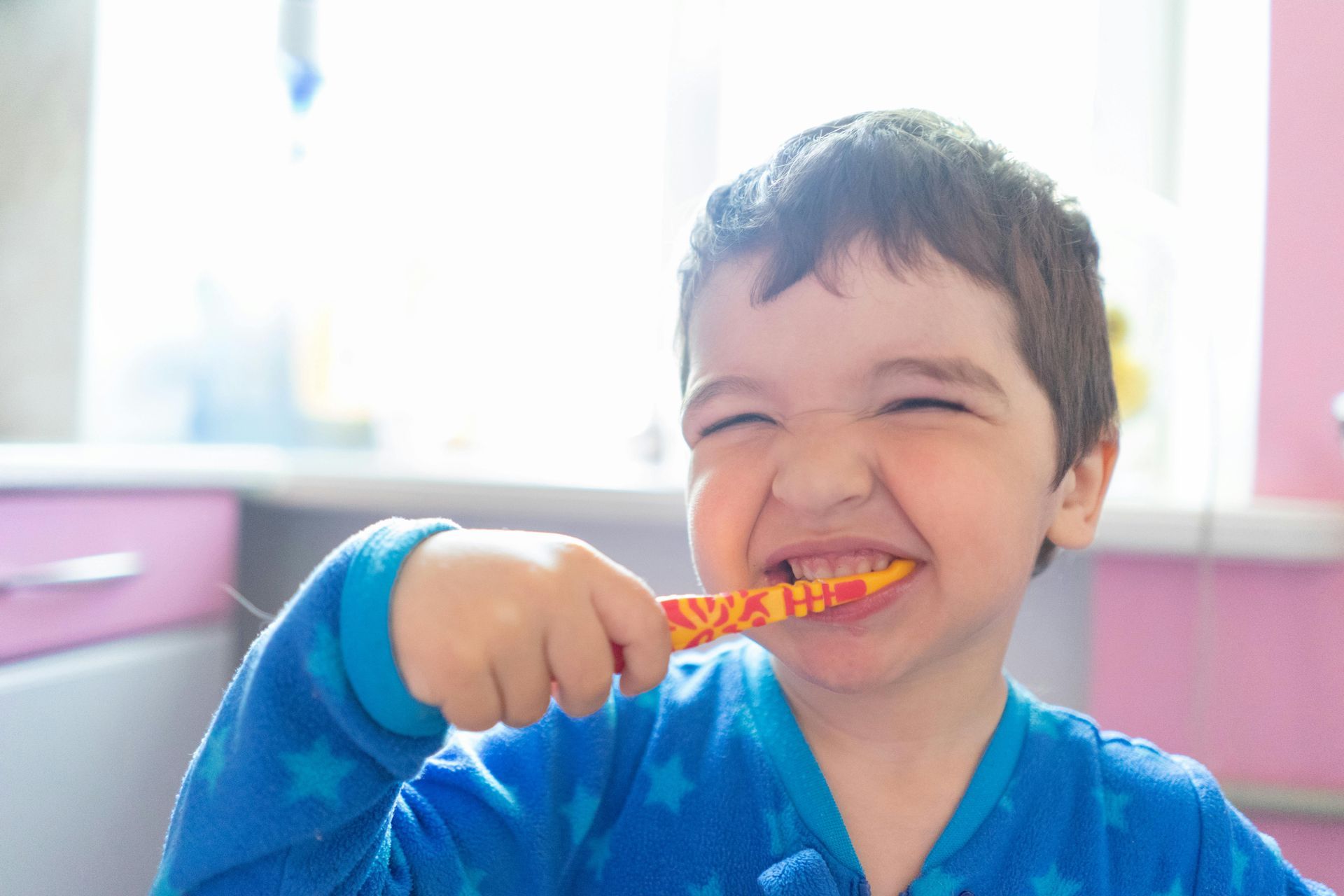Trials-to-Criterion: What It Is and When to Use It
Trials-to-Criterion: What It Is and When to Use It
Understanding Trials-to-Criterion
When teaching children new skills, especially those with an autism spectrum disorder (ASD) diagnosis, it is important to track their progress in a way that provides meaningful insight into their learning. One method used in Applied Behavior Analysis (ABA) to measure skill acquisition is called trials-to-criterion. This term may sound complex, but at its core, it simply refers to the number of learning opportunities or practice attempts a child needs before reaching a predetermined level of mastery.
Trials-to-criterion is used to determine how efficiently a child learns a new skill and to ensure that learning is happening at a pace that is both effective and appropriate. Unlike other measurement systems that look at overall progress over time, this method focuses on how many times a child needs to attempt something before they can consistently demonstrate success (Cooper, Heron, & Heward, 2020).
Why is Trials-to-Criterion Important?
For children with ASD, learning new skills can take time and require individualized teaching strategies. Some children may learn a skill quickly, while others may need repeated practice and reinforcement before they master it. Trials-to-criterion helps parents, teachers, and therapists determine how much practice a child needs to become proficient in a particular skill.
For example, if a child is learning to wash their hands, trials-to-criterion could be used to measure how many attempts it takes before the child can complete the entire sequence independently. This measurement allows caregivers and educators to adjust teaching methods if progress is slower than expected or to move on to new skills if the child demonstrates mastery quickly.
How Does Trials-to-Criterion Work?
Trials-to-criterion is used by setting a clear and measurable goal for the child. This goal is often based on a specific level of accuracy or independence required to demonstrate mastery. The number of practice opportunities (or trials) required to reach this goal is then recorded.
For instance, if a child is learning to identify colors, a therapist may set the criterion that the child must correctly identify colors in 9 out of 10 trials across two consecutive sessions before considering the skill mastered. Each time the child attempts to identify a color, it is counted as a trial. If it takes 20 trials before the child can consistently meet the criterion, then the trials-to-criterion for that skill would be 20.
When Should Trials-to-Criterion Be Used?
This method is most useful when teaching discrete, clearly defined skills that can be measured with accuracy. It is commonly used in ABA therapy to track progress in areas such as:
- Language and communication skills (e.g., labeling objects, answering questions, using complete sentences)
- Daily living skills (e.g., brushing teeth, tying shoes, using utensils)
- Social skills (e.g., making eye contact, greeting others, taking turns)
- Academic skills (e.g., recognizing letters, solving math problems, spelling words)
By using trials-to-criterion, families and therapists can ensure that children with ASD are progressing at an appropriate pace and receiving the right amount of support.
Benefits of Using Trials-to-Criterion in ABA Therapy
One of the key benefits of this approach is that it provides objective, data-driven insight into a child’s learning progress. Since the number of trials is recorded, it becomes easier to identify patterns in learning. Some children may need more practice with one skill but less with another, and trials-to-criterion helps to individualize instruction accordingly.
Another advantage is that it helps caregivers and educators adjust teaching strategies when needed. If a child requires significantly more trials than expected to reach mastery, it may indicate that additional teaching supports, such as visual cues, modeling, or reinforcement strategies, need to be implemented. Conversely, if a child meets the criterion quickly, it may signal that they are ready for more complex skills or that the initial target was too easy.
How Can Families Use Trials-to-Criterion at Home?
While ABA therapists and educators often use trials-to-criterion in formal settings, parents can also incorporate this method into daily routines to help their child develop important skills. For example, if a parent is teaching their child to zip their jacket, they might count the number of attempts it takes before their child can do it independently across multiple days. This simple method can help parents gauge their child’s learning pace and adjust their level of assistance accordingly.
Using this approach at home can also increase consistency between home and therapy sessions, allowing children to practice new skills in different environments. Parents can work collaboratively with therapists to set realistic mastery criteria for various skills and reinforce learning across multiple settings.
Considerations and Limitations
Although trials-to-criterion is a valuable tool, it is important to consider individual differences in learning. Some children may take longer to acquire certain skills, and that does not necessarily indicate a problem. What matters most is consistent progress over time. If a child is struggling with a particular skill despite multiple trials, it may be necessary to revisit the teaching method or explore alternative learning strategies.
Additionally, trials-to-criterion should not be the sole measure of progress. Other factors, such as generalization (the ability to apply a skill across different situations) and maintenance (retaining the skill over time), should also be considered when assessing overall learning.
Conclusion
Trials-to-criterion is an effective way to measure learning progress in children with ASD, providing a clear picture of how long it takes to master specific skills. By tracking the number of attempts required to meet a predetermined level of accuracy, caregivers and therapists can tailor teaching strategies to fit each child’s individual needs. Whether used in ABA therapy or at home, this approach helps ensure that children are learning efficiently and receiving the support they need to succeed.
With patience, consistency, and the right interventions, children with ASD can continue building important life skills at their own pace. Using trials-to-criterion as part of a comprehensive learning plan can support meaningful progress and long-term success.
References
Cooper, J. O., Heron, T. E., & Heward, W. L. (2020). Applied behavior analysis (3rd ed.). Pearson.
Leaf, J. B., Cihon, J. H., Ferguson, J. L., Milne, C., & Leaf, R. (2017). A comparison of trial arrangements when teaching receptive skills to children with autism spectrum disorder. Journal of Applied Behavior Analysis, 50(3), 557-571.
Sundberg, M. L., & Partington, J. W. (1998). Teaching language to children with autism or other developmental disabilities. AVB Press.











